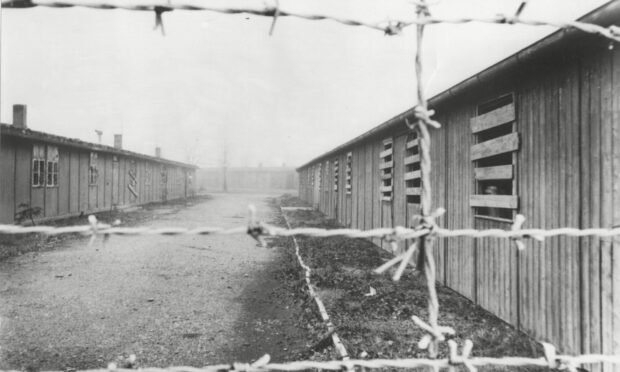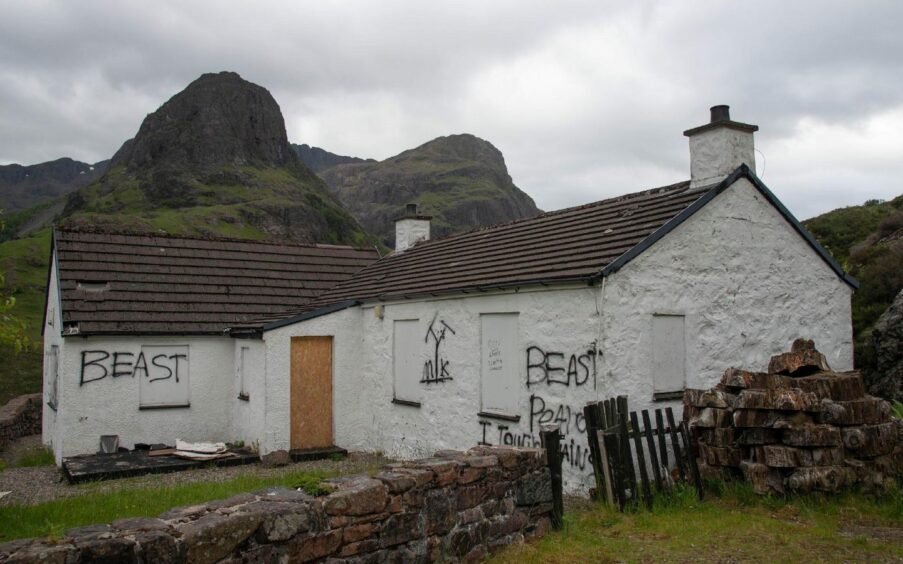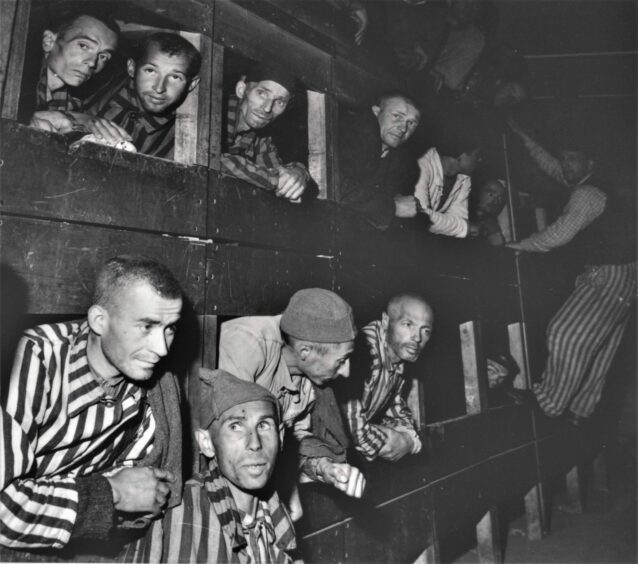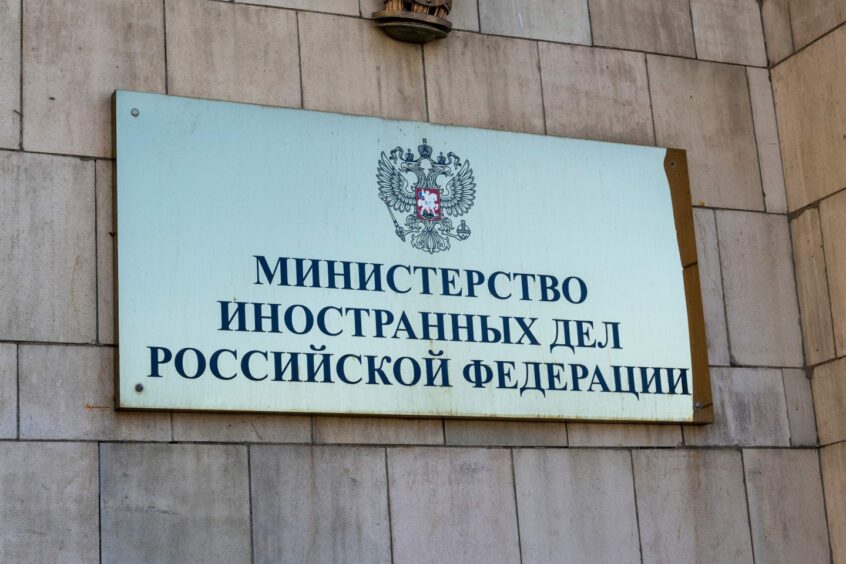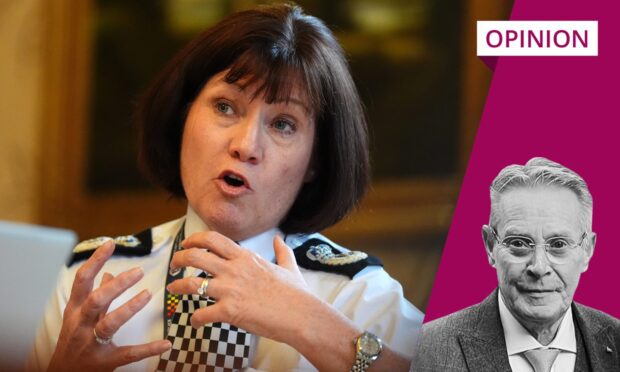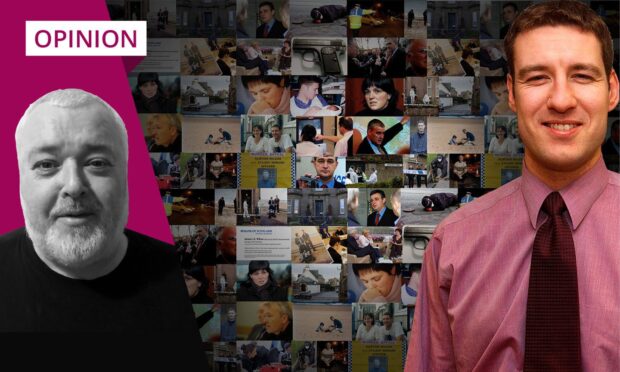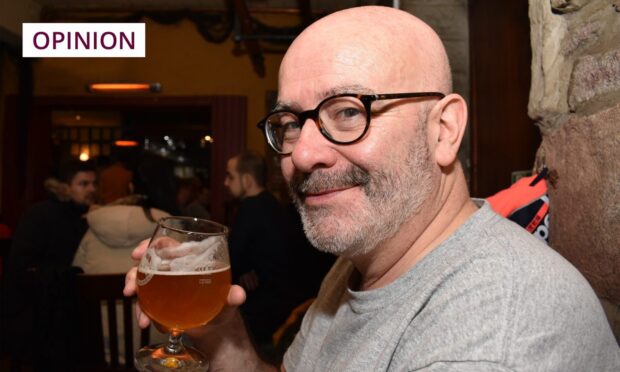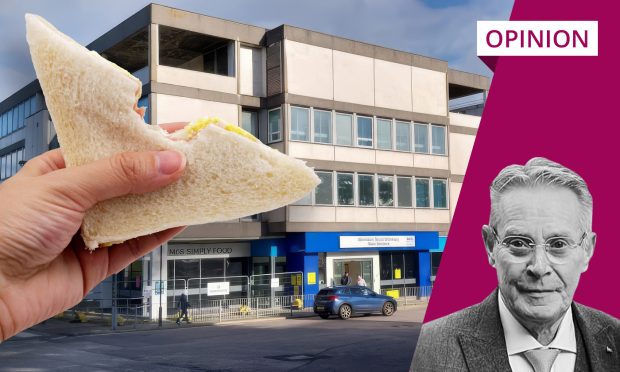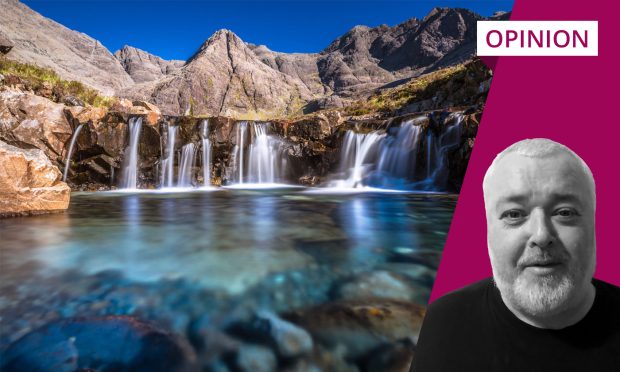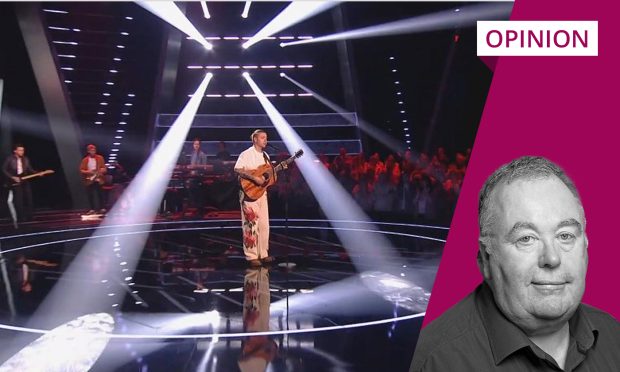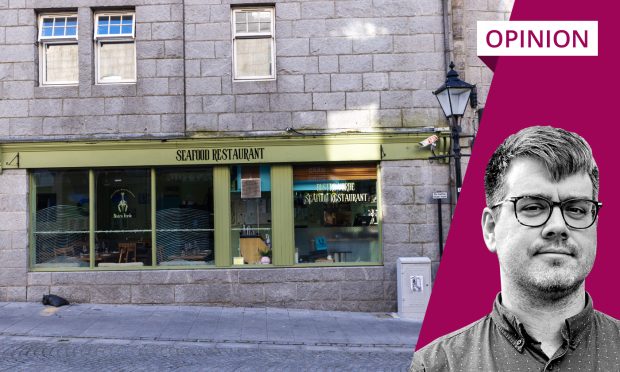Have you ever entered a building and felt a sense of dread or even evil? Many have.
I remember as a kid when on holiday in France with my parents. We had been given the use of a villa, owned by our dear friend Marion Martin.
I was scared in that house. There was a presence. I would not sleep in my room. I was 10, but would not sleep in there. I saw nothing, but felt something. My dad had the same feeling.
Also, when walking around the town, he said he felt like he was always being watched.
We’ve never forgotten that house – something had happened there, and it wasn’t good.
Can a fall from grace ever be as colossal as Jimmy Savile’s? Known for decades as a ‘national treasure’, well, we all know what became of him, once the revelations came to light.
Apparently, he had been known to the authorities for years, but nothing it seems was done about it. Have you watched Louis Theroux’s documentary on Savile? He meets up with him, stays with him, and gets to ‘know him’. It’s a fascinating watch. You’ll find it on BBC iPlayer.
Savile was born in Leeds and lived there often, but he did own properties all over the UK, including a remote house in Scotland’s Glen Coe. He bought the house, Allt-na-Reigh in 1998. It sits close to the A82 in this beautiful part of the world.
Following his death in 2011, the house was sold, and then sold again. From what I can gather there is confusion as to what is to happen next. Apparently, the owner wants to demolish the cottage and build an ultra-modern contemporary family home. There is much debate about whether this will happen, should be allowed or the house erased completely.
Savile’s cottage has, in the past, had slogans painted on the outside wall with reference to his predatory attacks over the years.
It’s just a building after all. I mean, if it had no history, then that’s how we would see it. But with Savile’s crimes now well known, it does look extremely creepy when you look at a photo of it. Or is that just me?
A 30-minute train ride from Munich, on the outskirts of the town of Dachau, stands what’s left of an infamous Nazi camp. Dachau, was in use from 1933 to 1945, making it not only the first but longest-running concentration camp. It really was the blueprint for all that followed.
The camp initially housed political opponents, but by 1935, other ‘undesirables’ joined them, including Jehovah’s Witnesses, immigrants, even those who were gay.
Once the annexation of Austria and the Sudetenland had taken place, political opponents from these areas were also sent to Dachau. By November 1938, 11,000 German and Austrian Jews were in Dachau.
In 1939, many hundreds of Roma were deported to Dachau, while in 1940, 13,000 prisoners were sent from Poland. In 1941, the Nazis started the mass shooting of Soviet prisoners.
By 1944, there were 63,000 people in Dachau and its surrounding subsidiary camps. The appalling living conditions resulted in an outbreak of typhus that killed thousands. Overall, around 200,000 people were in Dachau during its existence.
Tens of thousands died, people were shot, hanged, starved and worked to death, as well as gassed. Horrific medical experiments were also carried out on prisoners. All that aside, many managed to survive and were finally liberated by the US Army on April 29, 1945.
It is the photos and the video footage taken by the liberating Americans that show the real horror of Dachau. What greeted the Americans were not only piles of corpses outside the crematoria, but the walking dead. Prisoners still alive, but basically walking skeletons.
A couple of years ago, early one morning, I visited this huge preserved empty camp. It seemed to get quieter and quieter until the entire outside world evaporated, leaving only just me and my surroundings.
With regard as to what took place here, I tried to fathom how any conscious person could have done such a thing to other human beings? As much as I tired, I simply couldn’t and probably never will be able to comprehend such evil, therefore I don’t have an answer to my own question.
Evil no doubt took place there. But I didn’t feel a presence of evil when walking around Dachau. Just a sense of total emptiness.
The Russian Foreign Ministry building stands proud and intimidating in central Moscow.
Built in classic Stalinist style it is one of seven such buildings in Moscow, known as the ‘Seven Sisters’.
I have to admit that it is stunning to look at, yet if you know your politics, it does have a sense of evil about it.
I remember standing outside it one day in 1996 I think it was, when who walked out of the front door and into a black diplomatic limo? None other the then British Foreign Secretary Malcom Rifkind.
Just like in the UK, when ambassadors or foreign ministers are summoned by our authorities to ask for an explanation or to get a dressing down, this building is where the Russians do it. I’ve often wondered what Rifkind was there for. I’d love to have been a fly on the wall.
Lubyanka is the well-known name for the KGB Building in Moscow. Home to this infamous deadly secretive organisation that helped keep the communist party in power for many decades, it spied on its own people, and many terrifying interrogations took place here.
And not just of Russians. Raoul Wallenberg, the Swedish diplomat and humanitarian who helped rescue thousands of Jews from the Nazis, was later arrested by the Soviets on the trumped-up charge of espionage. He disappeared off radar, but later ended up in Lubyanka. The Soviets said he died of medical issues, but it was later ‘admitted’ that he had been executed.
I remember first seeing this building in 1993, it did indeed look scary, intimidating and yes, maybe even evil.
When living in Moscow for months at a time over many years, I’d often walk past, even right up close to the huge famous doors out front, and often thought to myself: “I don’t want to ever end up in there.”
The main building is still in use today, although the prison, I believe, is no longer used. And of course, it now houses the FSB not the KGB. Yet, it’s pretty much the same guys, same job – just a different name above the door.
So, can buildings really be evil?
No, of course they can’t, they are just bricks and mortar after all. It’s who inhabited them or what took place in them that makes them feel and seem so.
